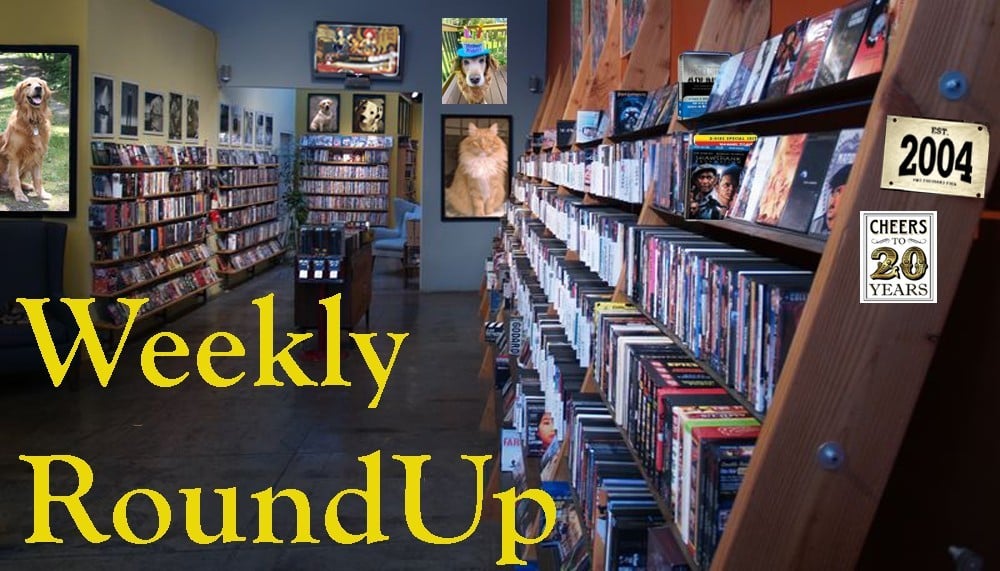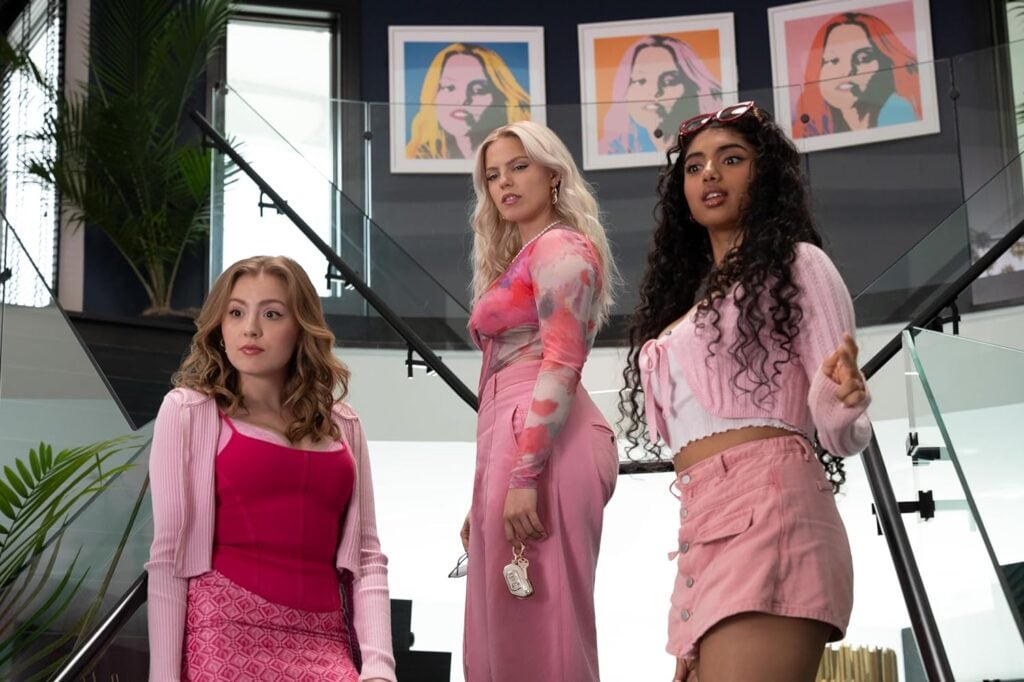Today marks the 40th anniversary of the day Halloween began to terrorize audiences. It is also 40 years since silent killer Michael Myers was consigned to a mental asylum, but who has himself returned to Haddonfield in 2018 with his butcher’s knife in tow for a new film release of the same name.
To mark the date, Fandor, the subscription viewing service and social video sharing platform, has posted a YouTube essay on why this cultural phenomenon has managed to remain terrifying after 40 years.
John Carpenter released Halloween in 1978, introducing the world to the horrifying serial killer, Michael Myers. Carpenter’s film was a game-changer and kicked off a golden age of slasher horror, paving the way for classics like Friday the 13th and A Nightmare on Elm Street. Obviously, Halloween is the go-to film for the titular holiday every year, but its legacy spans far beyond that. From the costumes, to the memes, to the film references, Halloween isn’t simply an old horror movie from the 1970s — it’s a cultural phenomenon. It has endured a seemingly endless spew of critically panned sequels and reboots (save for David Gordon Green’s 2018 sequel) and has managed to remain terrifying after 40 years. But why? This video essay chronicles the lasting legacy of Halloween, a film that has simply refused to die.
The Fandor 6-minute mini-doc includes some pretty interesting anecdotes, including an intriguing breakdown of Carpenter’s own-penned tense music score. The video essay can be viewed here:
Martin, a seasoned journalist and AV expert, has written for several notable print magazines. He’s served in key roles at Lucasfilm’s THX Division, NEC’s digital cinema division, and has even consulted for DreamWorks. Despite his illustrious career, Martin remains rooted in his passion for cinema and acting, with notable appearances in several Spielberg films, Doctor Who, and Star Wars: The Empire Strikes Back. He currently resides in San Francisco.
Post Disclaimer
Some of our content may contain marketing links, which means we will receive a commission for purchases made via those links. In our editorial content, these affiliate links appear automatically, and our editorial teams are not influenced by our affiliate partnerships. We work with several providers (currently Skimlinks and Amazon) to manage our affiliate relationships. You can find out more about their services by visiting their sites.






One Response
Just ordered the 4K blu-ray and can not wait for it to arrive will be my first time owning it on video!